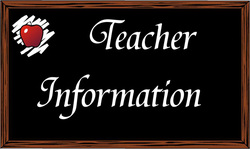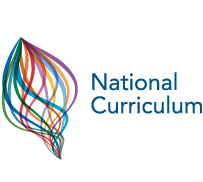
Who is this website for?
This website is designed to be used by KS2 children during their WW2 topic. However, this does not mean that sections cannot be taken out and used for younger children, as long as the teacher adapts the activities and resources to suit their class’s level.
What is it's purpose?
The Purpose of this website is to support trainee teachers or Newly Qualified Teacher’s in gaining an idea of how to approach the topic of evacuee’s during the Second World War. I have chosen to not script how each resource should be used or at what point through the lesson it should be used, as I wanted to give teacher’s a starting point or additional tips to include in their planning as they wish. I have offered suggestions on how I might use activities and resources, but they are there for you to adapt to your lesson, however you feel best. I have included a range of media such as video clips and podcasts to support your class in their understanding of what it was like to be an evacuee. They can also be used for you to differentiate activities and to provide information that suits all learning styles. EAL children may find the audio versions of the letters being read helpful in their pronunciation and their understanding of what is being said. The website explains each section as it goes and if you have any additional questions feel free to contact me in the ‘about us’ section of the website.
National Curriculum Links:
History Key Stage 2.
1a, place events, people and changes into correct periods of time
b, use dates and vocabulary relating to the passing of time, including ancient, modern, BC, AD, century and decade
2a, about characteristic features of the periods and societies studied, including the ideas, beliefs, attitudes and experiences of men, women and children in the past
c, to identify and describe reasons for, and results of, historical events, situations, and changes in the periods studied
4a, how to find out about the events, people and changes studied from an appropriate range of sources of information, including ICT-based sources [for example, documents, printed sources, CD-ROMS, databases, pictures and photographs, music, artefacts, historic buildings and visits to museums, galleries and sites]~
b, to ask and answer questions, and to select and record information relevant to the focus of the enquiry.~
5b, use dates and historical vocabulary to describe the periods studied~
c, communicate their knowledge and understanding of history in a variety of ways [for example, drawing, writing, by using ICT].
11b, A study of the impact of the Second World War or social and technological changes that have taken place since 1930, on the lives of men, women and children from different sections of society.
b, use dates and vocabulary relating to the passing of time, including ancient, modern, BC, AD, century and decade
2a, about characteristic features of the periods and societies studied, including the ideas, beliefs, attitudes and experiences of men, women and children in the past
c, to identify and describe reasons for, and results of, historical events, situations, and changes in the periods studied
4a, how to find out about the events, people and changes studied from an appropriate range of sources of information, including ICT-based sources [for example, documents, printed sources, CD-ROMS, databases, pictures and photographs, music, artefacts, historic buildings and visits to museums, galleries and sites]~
b, to ask and answer questions, and to select and record information relevant to the focus of the enquiry.~
5b, use dates and historical vocabulary to describe the periods studied~
c, communicate their knowledge and understanding of history in a variety of ways [for example, drawing, writing, by using ICT].
11b, A study of the impact of the Second World War or social and technological changes that have taken place since 1930, on the lives of men, women and children from different sections of society.

